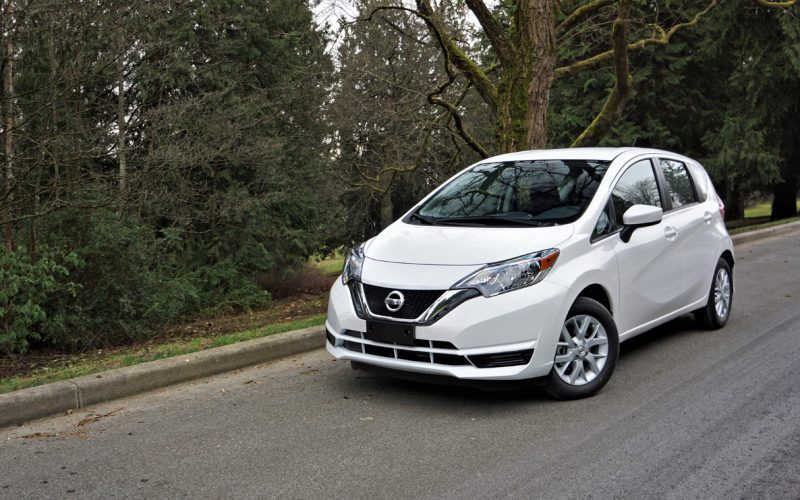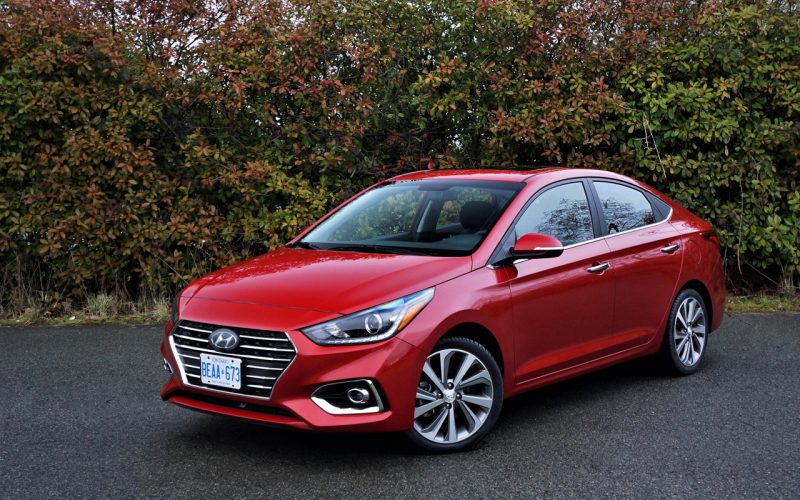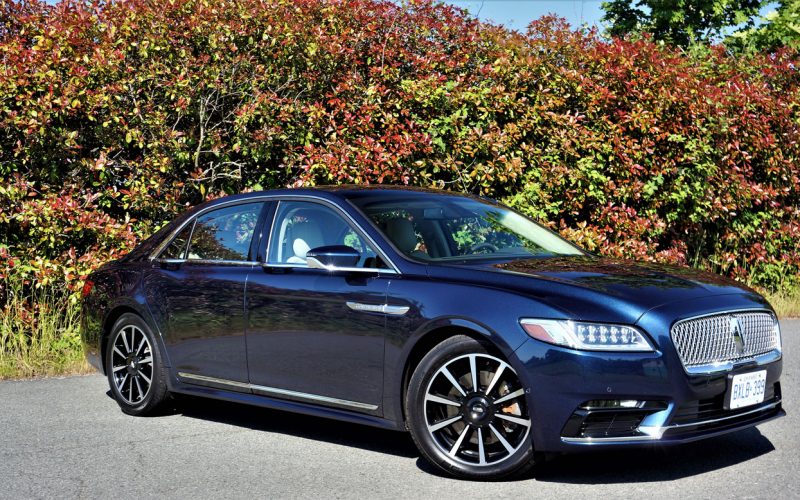
Reading Time: 9 minutesHow do factory leasing and financing rates from zero percent sound to you? That’s what Nissan

Reading Time: 11 minutesWell you’ve gone and done it now Canada. You lost your love for the Hyundai Accent

Reading Time: 12 minutesLast year Lincoln Motor Company did something it’s never been able to do before, impress me.
© 2025 The Car Magazine. All Rights Reserved, Privacy Policy | Terms of Use